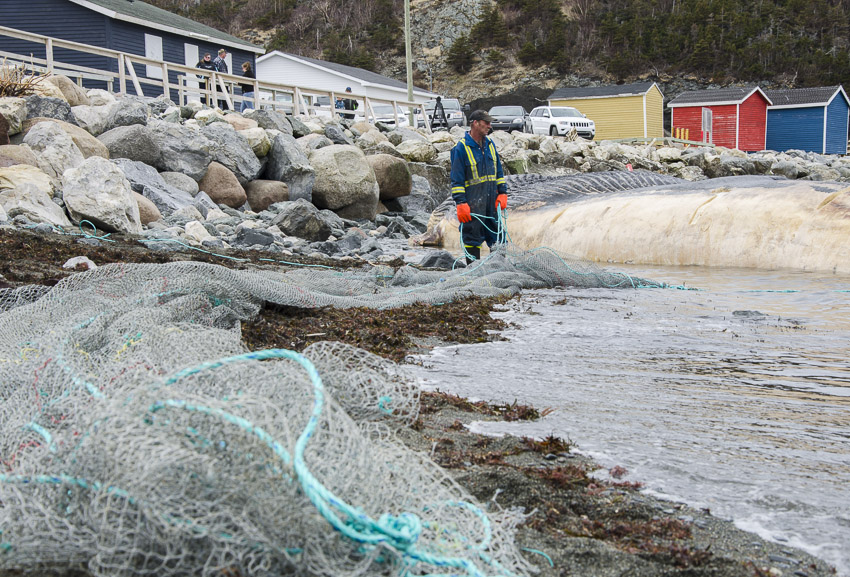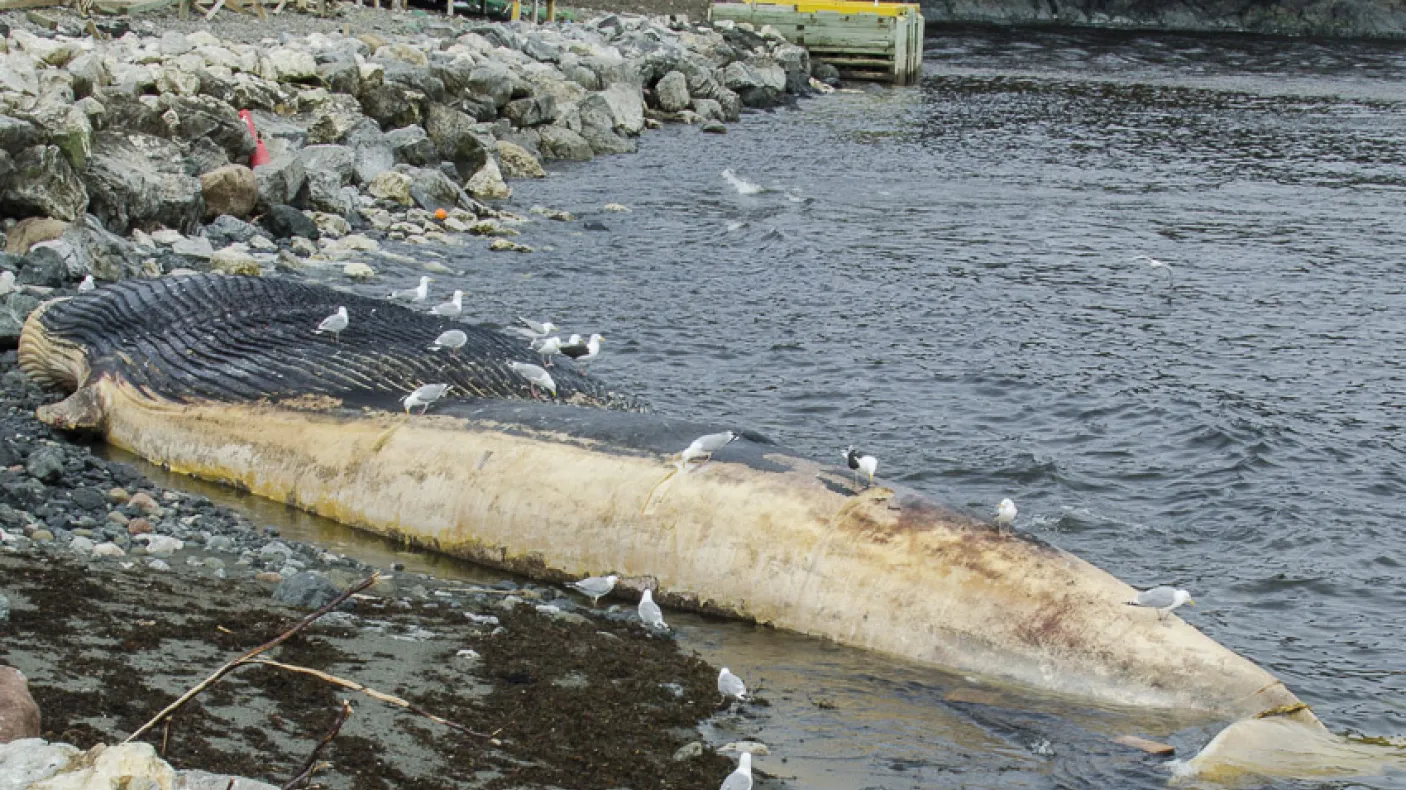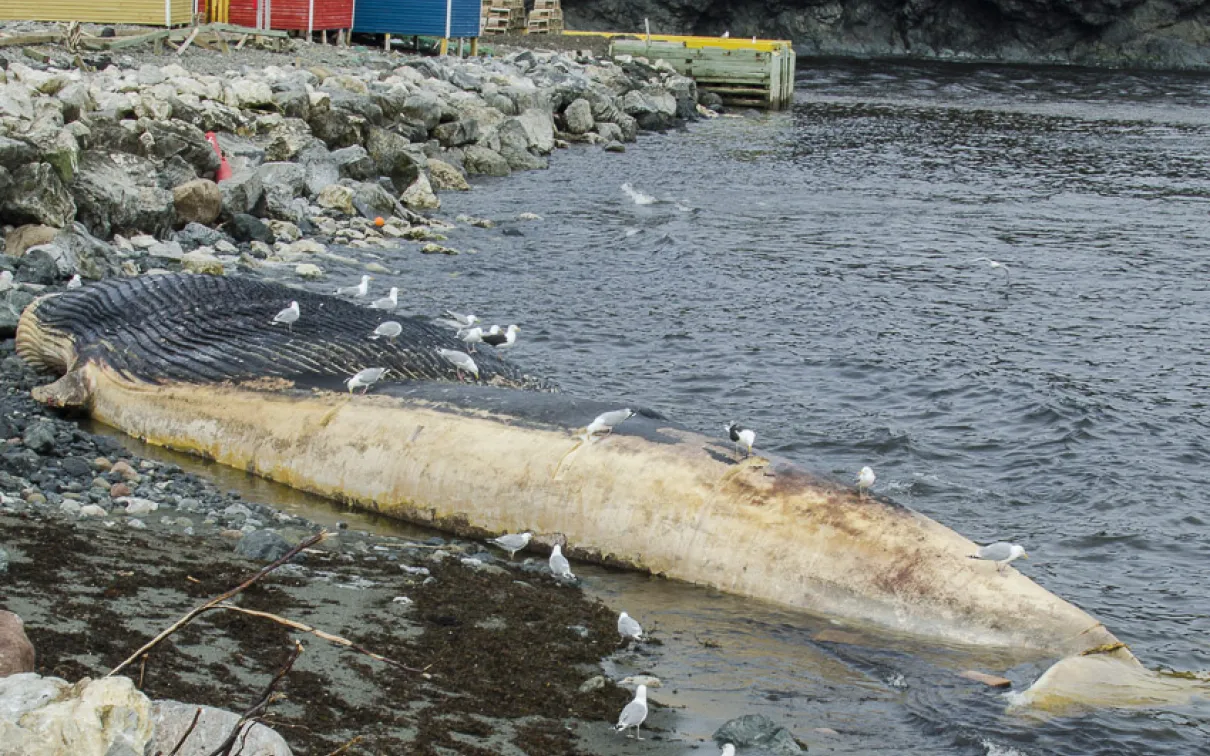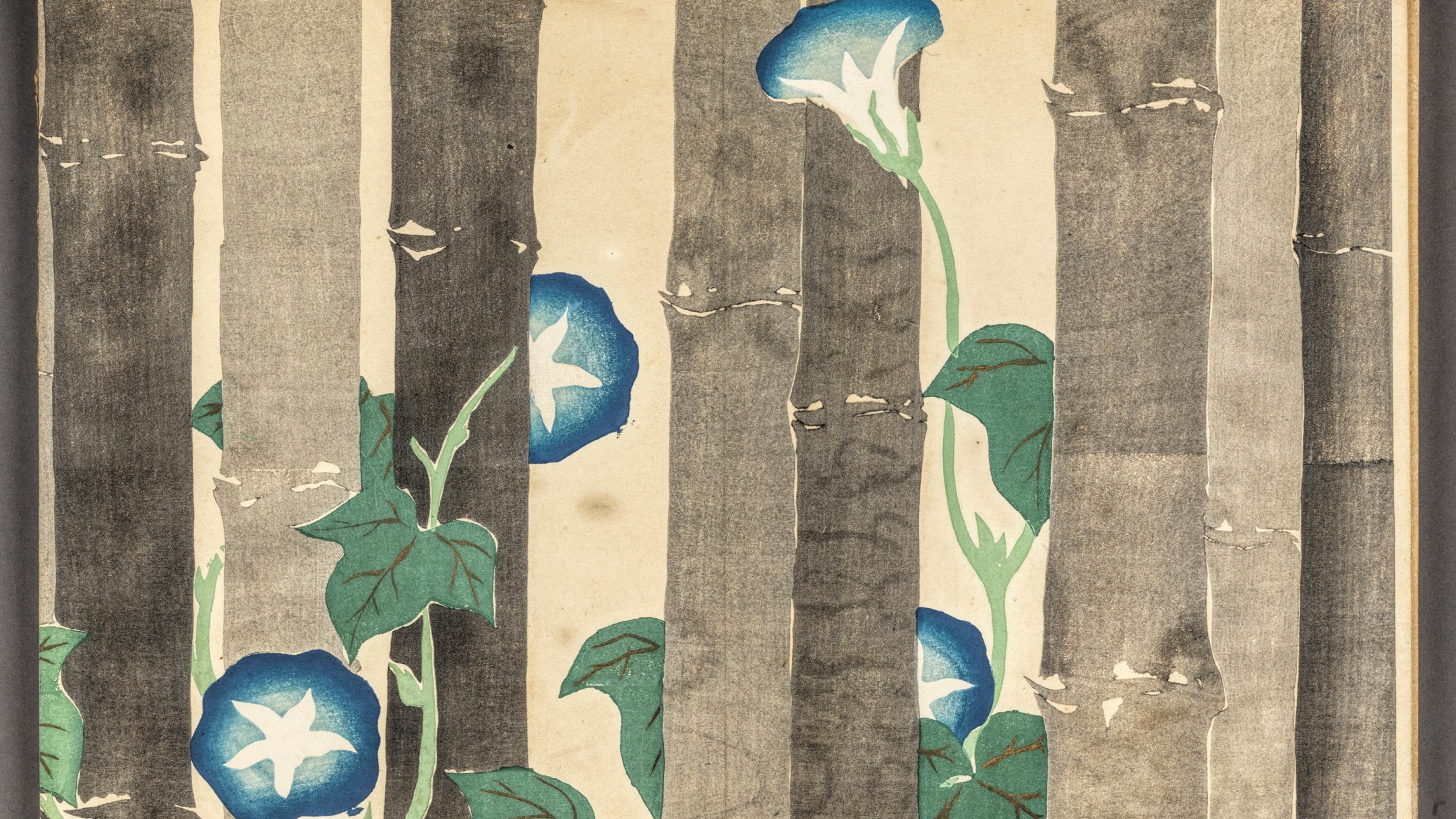My first day in Trout River, Newfoundland: ROM biologists arrive, town is curious
Published
Categories
Author
Blog Post
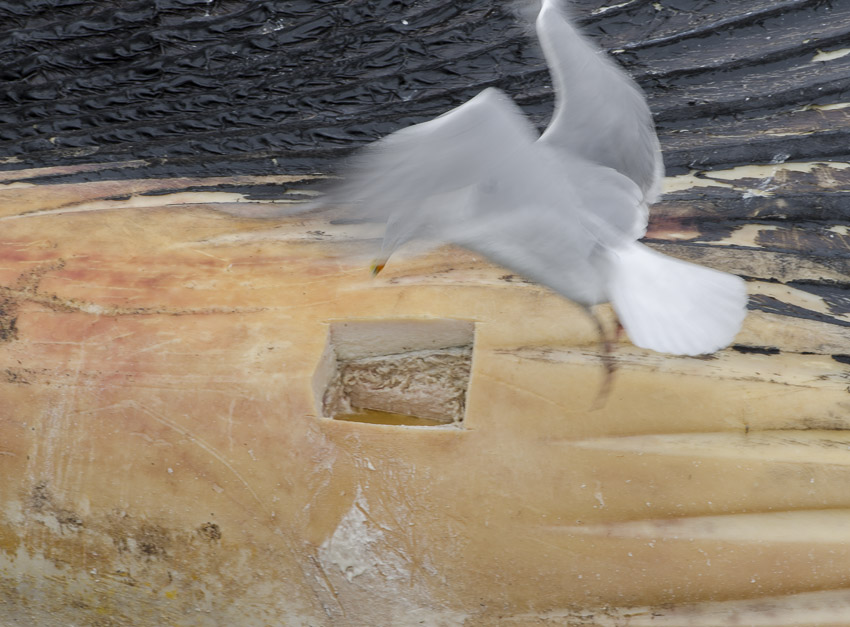
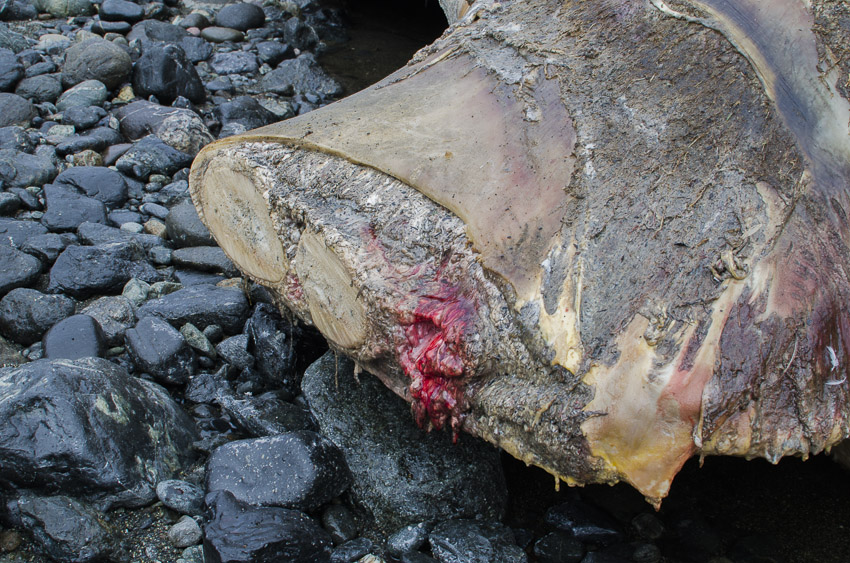
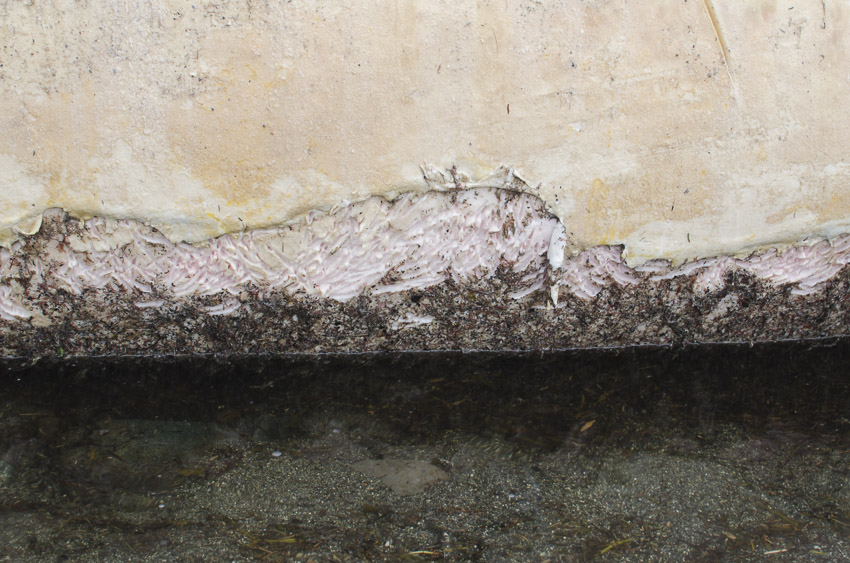
After lunch I stayed on the boardwalk to gather footage while the rest of the team headed out to visit another beached whale at Rocky Harbour. As the hours passed, the boardwalk became crowded with locals, who had come to learn about how the ROM scientists would complete the task at hand. Underdressed for the weather, with cameras and equipment strung around me, I stand out here almost as much as the whale does. To my delight people here could not be friendlier and what could have been a long cold wait, turned into a lovely afternoon. It’s an understatement to say these people are kind, giving, and inclusive. I was instantly accepted into huddles of conversation surrounding this truly enormous animal that washed up on their shores nearly a month ago. I couldn’t have been more grateful to meet a young lady who literally gave me the clothes off her back and made a run to her grandmother’s house to help keep me from catching pneumonia. I want to give a big thank you to the people of Trout River for making my first day one to remember, this town and its people are truly something special.
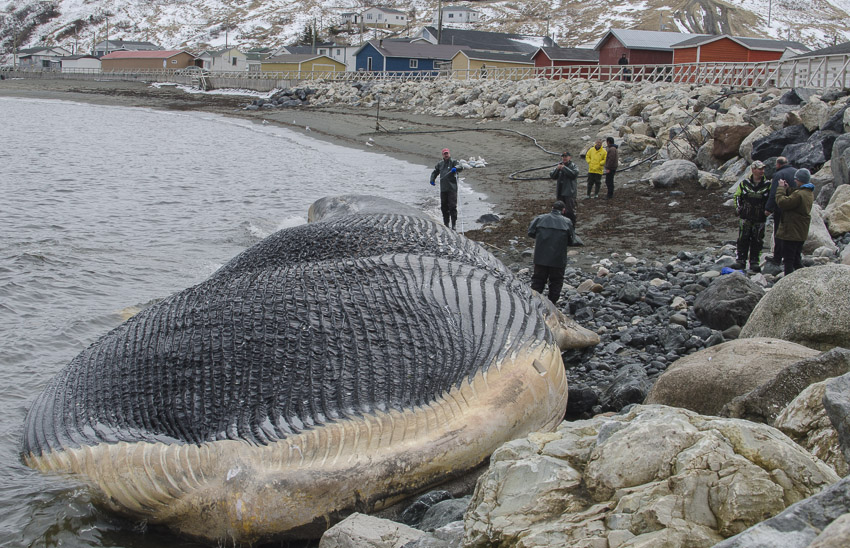
Where is the whale now you ask? Well, as I finish writing this Blog post, it’s still in the same spot it was this morning, but the plan is to tow the carcass a little up the coast to a more suitable site for the ROM team to do their work. As to be expected the feat of moving this enormous animal took more time then planned. Stay tuned and follow us @ROMBiodiversity to find out when the whale will be on the move. And follow along as we share video of the process, interviews with the team, and conversations with the people of the area.
